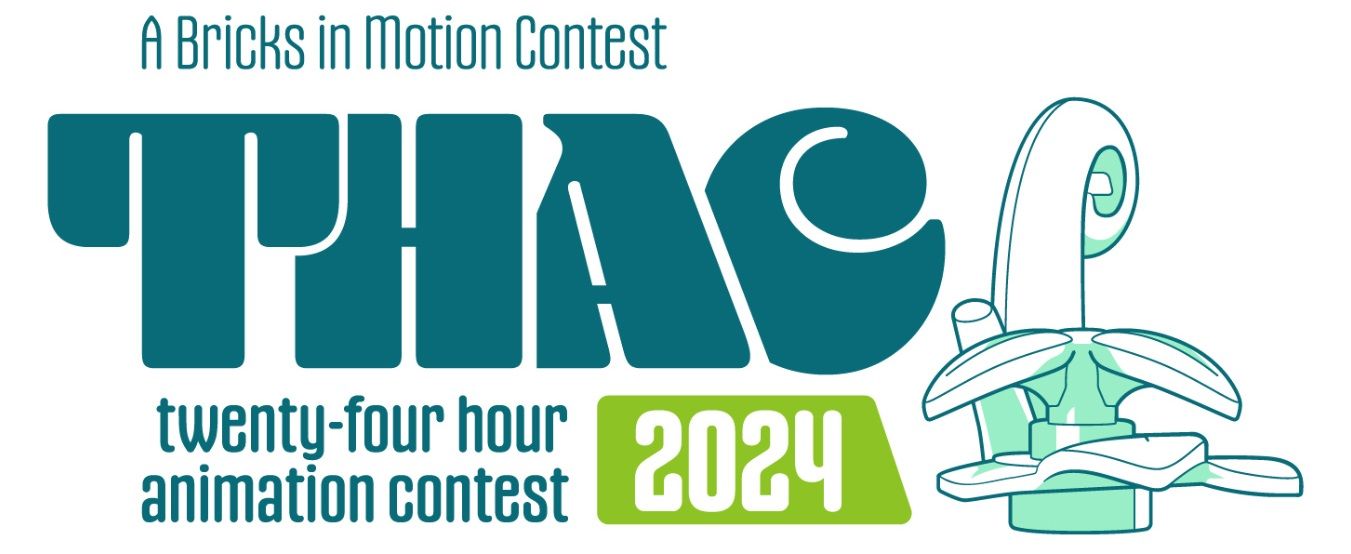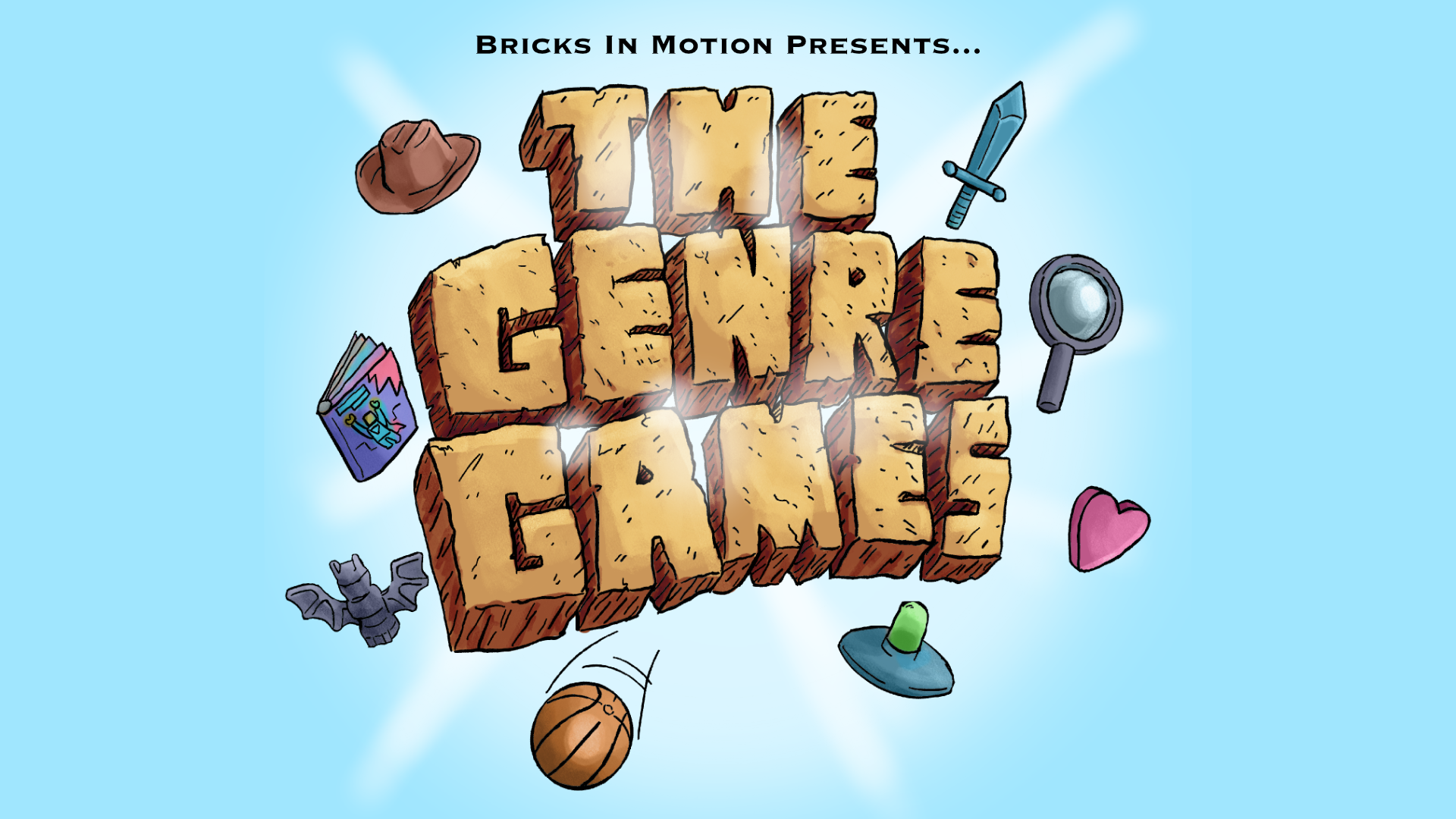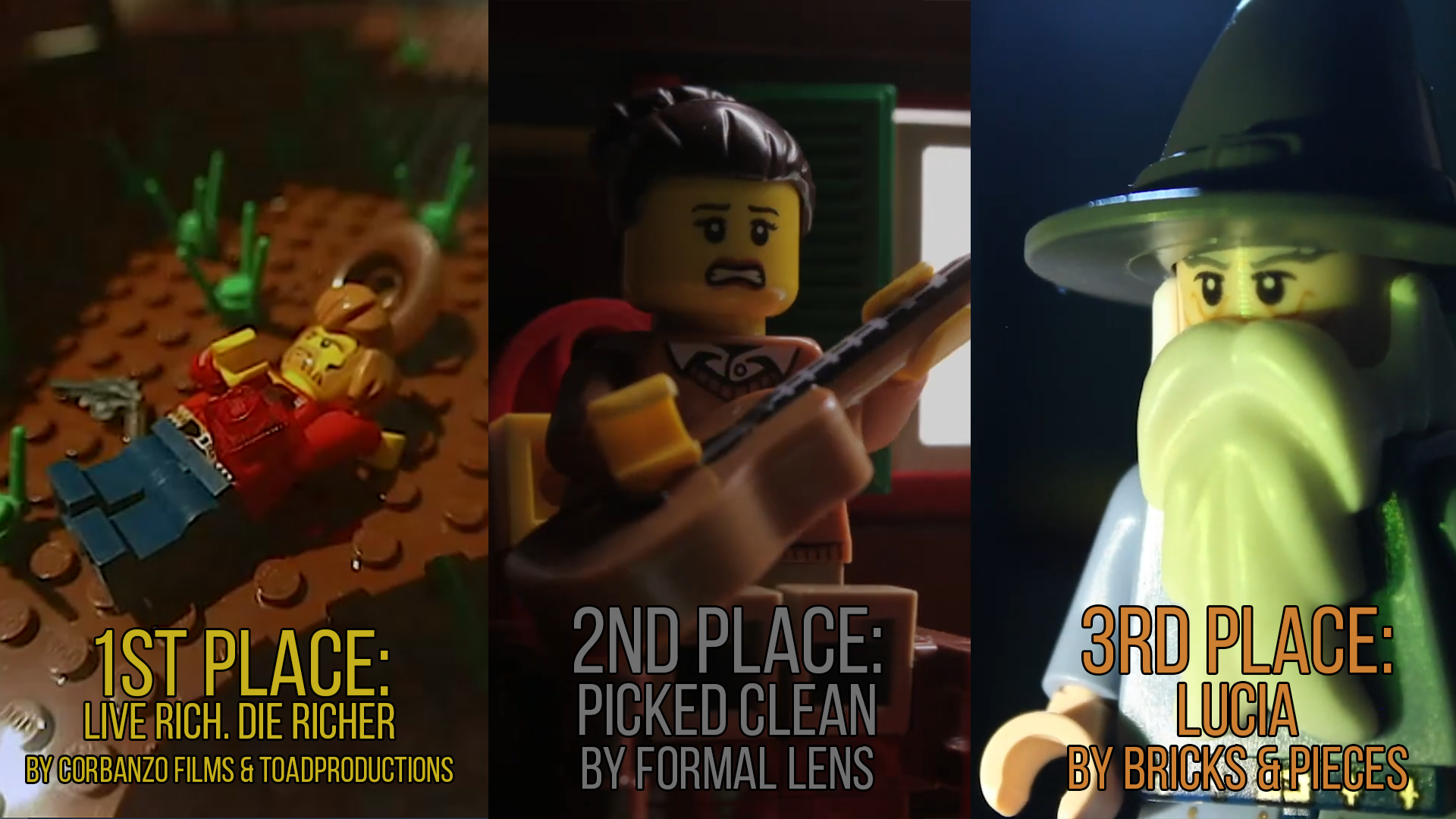I have to disagree with rioforce on this one...
Personally, I think frame-blending can be a very useful tool in stop-motion. I think that the effect it gives to a sequence of frames almost replicates natural motion-blur without going into the complexities of go-motion animation.
And, several older brickfilms, either out of purpose or limits to encoding and compressing programs of the time, appear to have a somewhat blended-frame effect on their animation. The first time I noticed this was in Nathan Wells' Beast.
In the research that I've since done on that brickfilm, I'm pretty sure that its frame blending is a case of the latter cause. However, I once tried to replicate this in a walk-cycle test I did several years ago - which can be seen here. And, honestly, I like it. Stop motion can sometimes look too jolty, and, this certainly fixes it, even if it does seem to look a bit "mushy," as rio said.
The only big no-no you have to look out for when improving animation is changing frame rates. For example, if you're animating at 12 fps, and want a quicker animation to go by without looking jolty, you could half the length of your frames, essentially animating at 24 fps. - Something similar to this, as done by professional animators, is called animating "on 2's".
However, the same doesn't work the other way around. (Or, at least, will gain you a minor bit of backlash from those forum members that are really particular about frame rates) If you stretched each frame to about 6 fps, you'll end up with largely the same process I used on De Mortem. (A process that I'd been using along with The Login Productions for years, and only recently had been called out on)
Long story short - re-shoot if you must due to choppy-ness. Try and stay at a frame rate above 12, and ALWAYS keep to video standards. (So, 12 fps "on 2's" and 24 fps "on 1's" OR 15 fps "on 2's" and 30 fps "on 1's") Animating at 20 fps or 8 fps will NOT allign with current digital video standards, and some frames will either be dropped or blended automatically - neither of which look pretty.
![]()

















